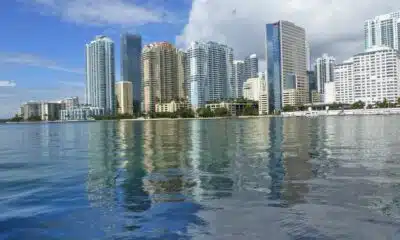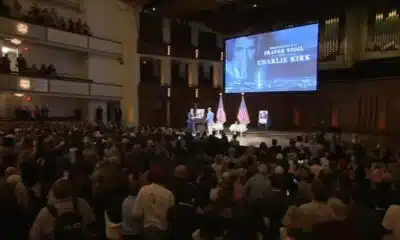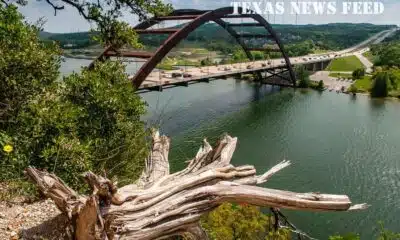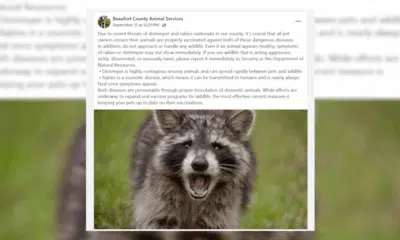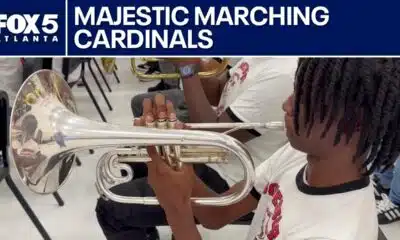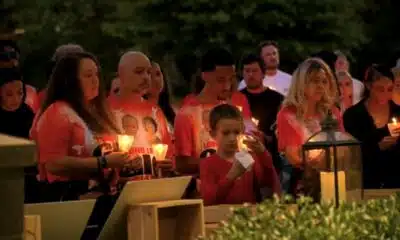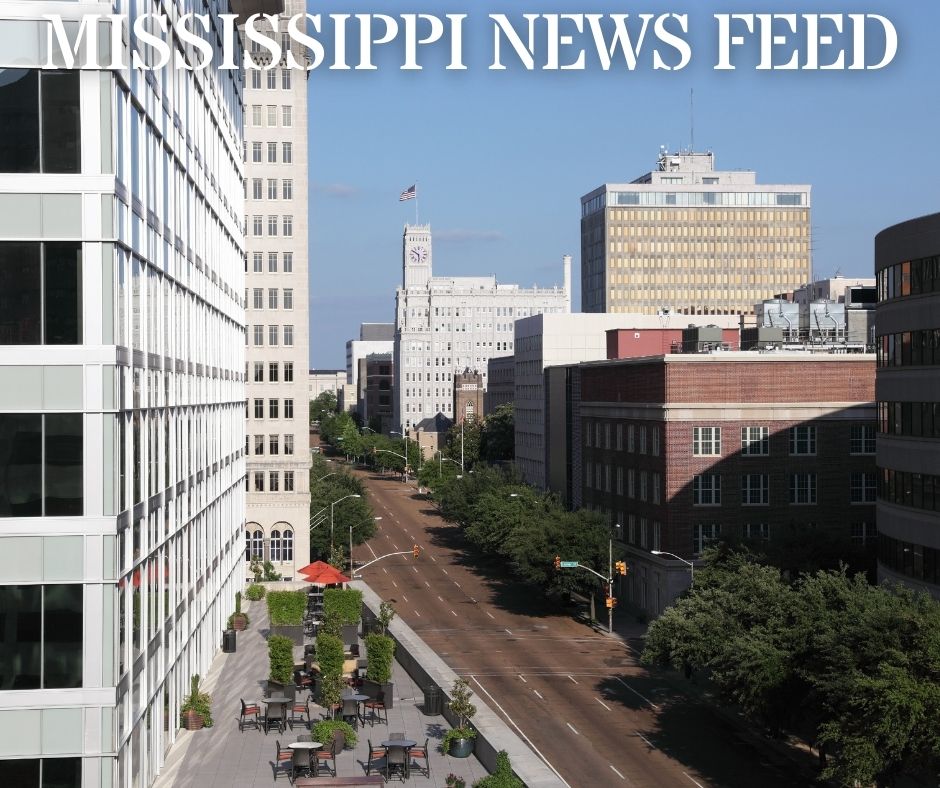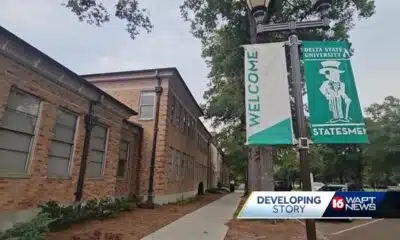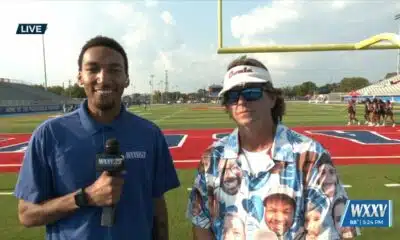(The Center Square) – West Virginia continues to push other states to protect its coal industry.
Attorney General J.B. McCuskey is urging Maryland House and Senate leaders to table a bill that targets out-of-state coal producers. McCuskey says the proposed legislation drives up prices and could be unconstitutional.
“A state cannot fill its coffers at the expense of hard-working Americans miles away in other states who work to keep our lights on and houses warm,” McCuskey wrote in a letter to Maryland’s Senate President Bill Ferguson, D-Baltimore City, and House Speaker Adrienne Jones, D-Baltimore County. “The bill inappropriately targets and extracts large sums of money from energy suppliers to bankroll Maryland’s budget.”
McCuskey wrote a similar letter to lawmakers in New York.
McCuskey said Maryland does not produce much of its own coal, but the Port of Baltimore is the second-largest coal exporting port in the country. Coal passing through the port would be subject to a fee, hurting coal-producing states.
West Virginia is second in the nation in coal production, trailing only Wyoming.
More than 14,000 people in the state work in the coal industry, and coal-fired electric power plants account for 86% of West Virginia’s total electricity generation.
McCluskey said only 2% of the funds from Maryland’s Coal Dust Cleanup and Asthmas Remediation Act would flow into the state’s Fossil Fuel Mitigation Fund, which is set aside to address asthma treatment for communities impacted by coal. The rest, he says, would go into the state’s general fund.
“This bill inappropriately targets and extracts large sums of money from energy suppliers to bankroll Maryland’s budget,” the letter reads in part. “It does so by nearly doubling the cost of sending coal to or through Maryland. Though West Virginia supports Maryland’s efforts to solve its internal problems, a State cannot fill its coffers at the expense of hard-working Americans miles away in other States who work to keep our lights on and houses warm.”



